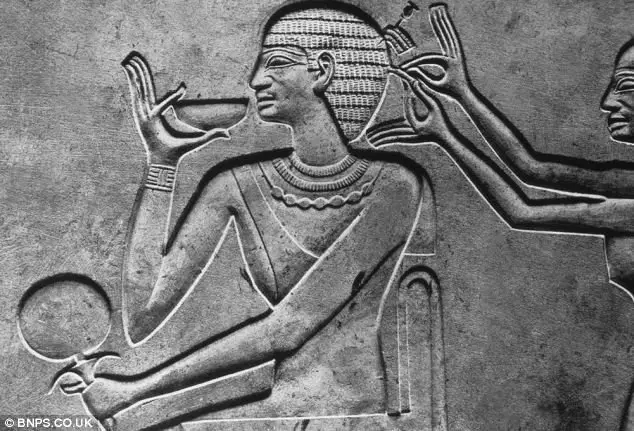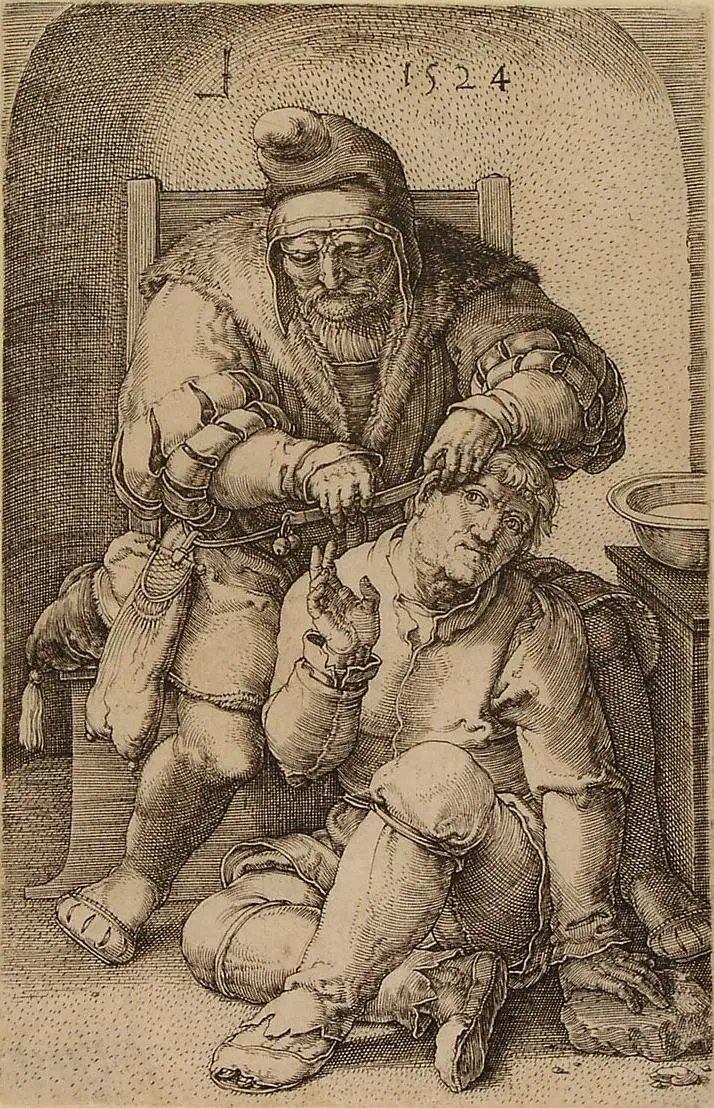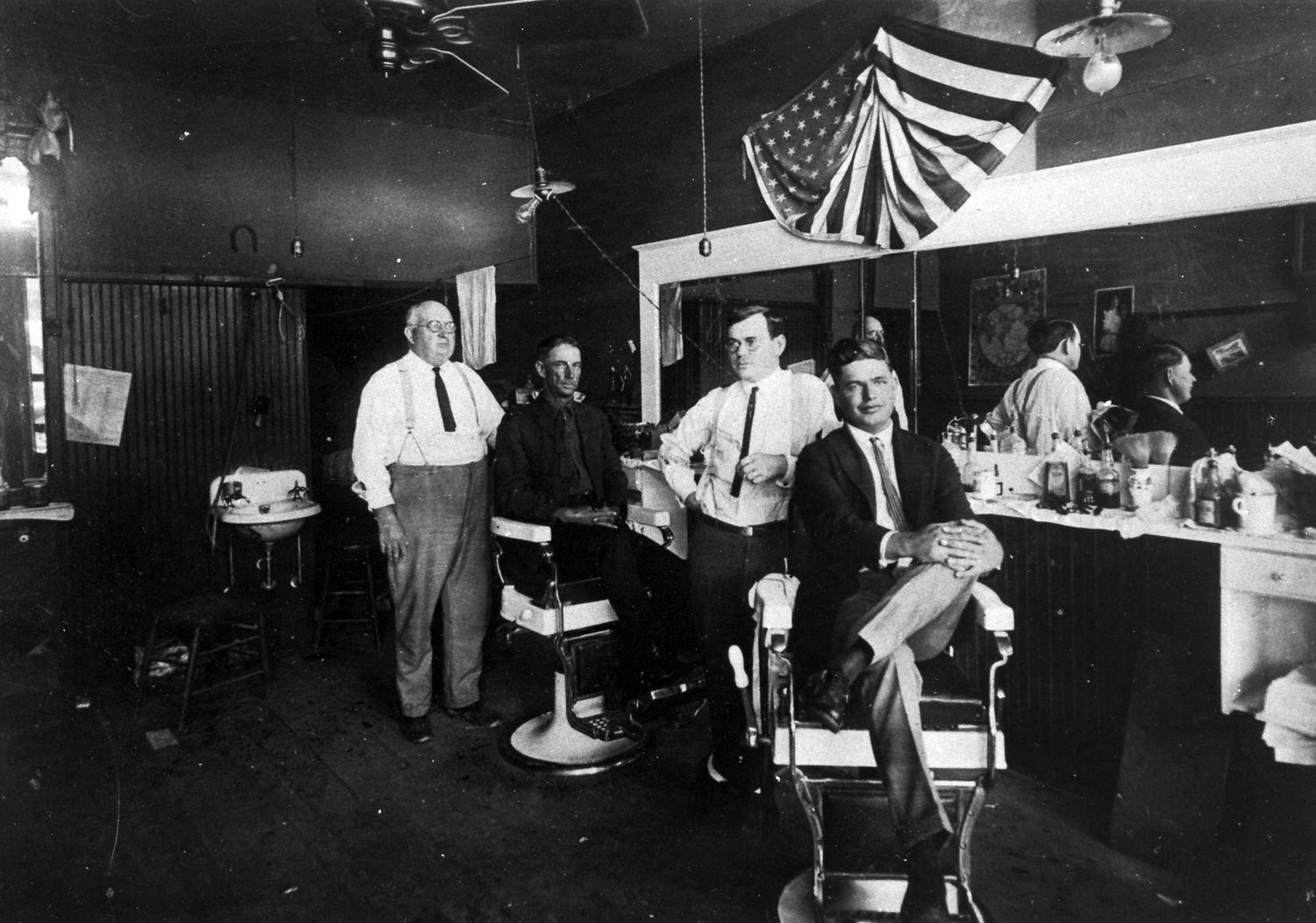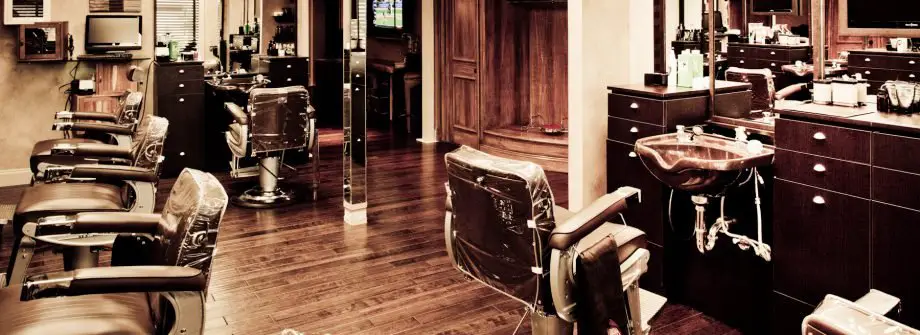It seems that barbers and hairdressers are considered to be one and the same, but actually these are two similar, but diverse professions with different responsibilities and history. A barber is a person whose occupation is cutting, dressing, grooming, styling and shaving men’s and boy’s hair. A hairdresser is a person whose occupation is hair cutting or styling in order to maintain or change client’s image. This purpose is achieved by using combination of hair cutting, hair coloring and hair texturing techniques.
The word “barber” comes from the Latin word “barba” which means “beard”. Historically barbers were known as barber surgeons as well, because they performed surgery and dentistry. Because of development of safety razors and decrement of popularity of beards, most of barbers in English-speaking cultures started to specialize in cutting men’s scalp hair, not facial hair.
A workplace of barbers is called “barber shop” or “barber’s”. Barber shops are also places for public disclosure and social interaction, as well as places for shaping of male identity.

Despite the fact that historically all hairdressers were called barbers, nowadays the word “barber” is used both as professional title of hairdressers and as reference to hairdressers who specialize in men’s hair. In the 20th century, cosmetology seceded from barbering, therefore, today hairdresser can be licensed as either cosmetologist or barber. Difference of this terminology depends on regulations in given location, for example, in Australia the official title of barber is “hairdresser”, but “barber” refers only to men’s hairdressers. Also places are called differently, for example, barber shop, hairdressing salon or hair salon.
The barber’s trade has long history – some kind of razors have been found among artifacts of the Bronze Age in Egypt, where barbers were highly respected persons. The first examples of barbers are priests and medicine men.

In some ancient tribes barbers were considered to be as one of the most important members of tribe, because they believed that certain evil spirits can enter person’s body through the hair, so the hair cutting was one of ways to get them out. Considering this fact, barbers were performing religious ceremonies such as marriages and baptisms as well.
In ancient Greece there was a κουρεύς (cureus) who was trimming and styling men’s hair, beards and nails. The place where cureus was working was called agora (some kind of market place) and it was used as a social gathering for gossips and debates as well.
Barbering and barber shops were introduced to Rome by Greek colonies. They quickly became popular as centers for daily news and gossips. In Rome barbers were called “tonsores” and the first shave (tonsura) of young man was essential part of his coming of age ceremony. Few Roman tonsores became wealthy and thus influental, but most of them were simple tradesmen.
Starting from the Middle Ages, as mentioned before, barbers often served as dentists or surgeons, so they were called barber surgeons, but actually they received higher pay than surgeons until surgeons were entered into British warships during naval wars.

Barbershops became influential at the turn of the 19th century because of helping to develop African American culture and economy. Late in the 19th century there were several significant events which affected barbers profession and gave it an upward trend, which can still be observed. For example, in the year 1893 A.B. Moler established the first school for barbers which became successful from its very start. In the very beginning of barber schools only practical work was taught, being unable to accept scientific treatments of hair, skin and scalp. Only about 1920 there was more effort to professionalize the barbers work. It should be mentioned, that in the early 1900s an alternative word for barber came into use in the USA – “chirotonsor”. This word is constructed from Greek-derived “chiro” which means “hand” and Latin “tonsor” which means “clipper”.

From that time barbers have experienced both the downs and ups which were connected with economical, political, social and cultural trends. Despite the economic recession in the year 2008, the hairdressing industry continues positive growth to this day.
Of course, nowadays we use both of these words to describe a person who cuts, colors and styles the hair, but, as we can see, there is a noteworthy difference between these professions.

